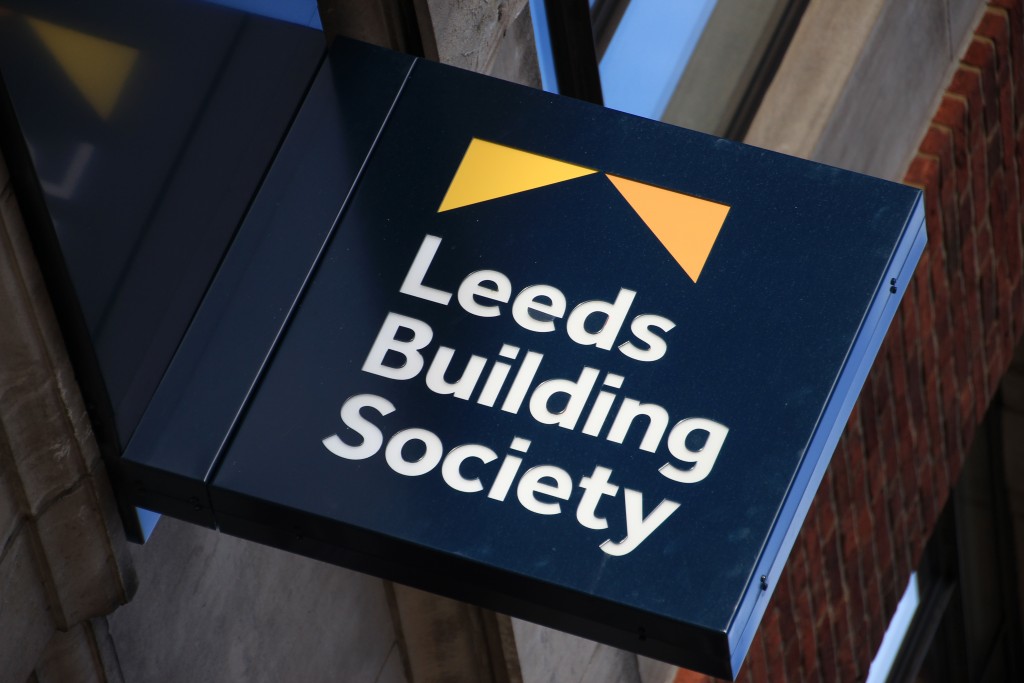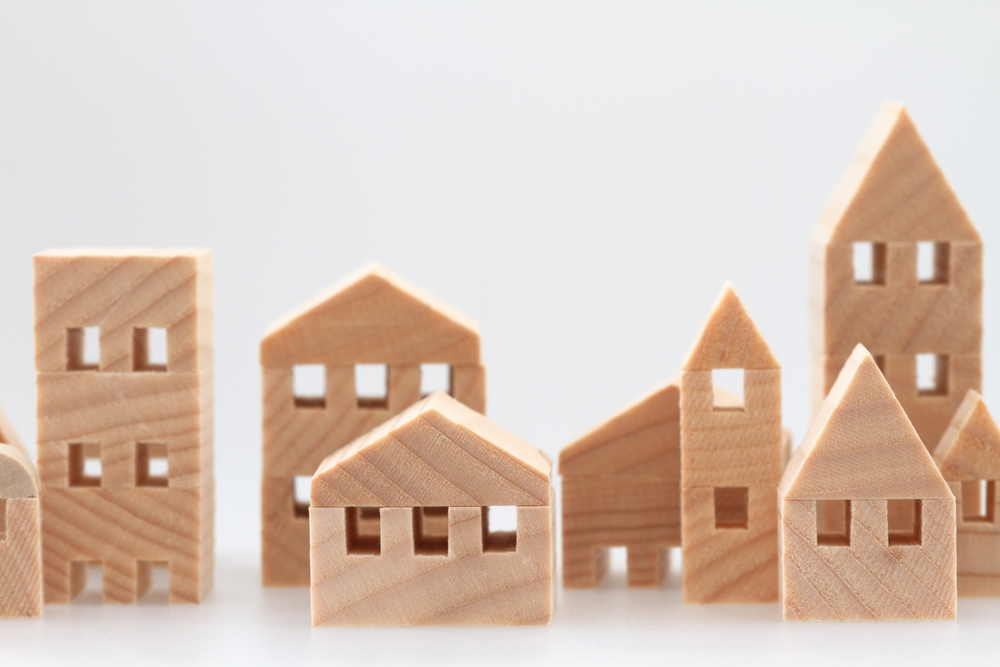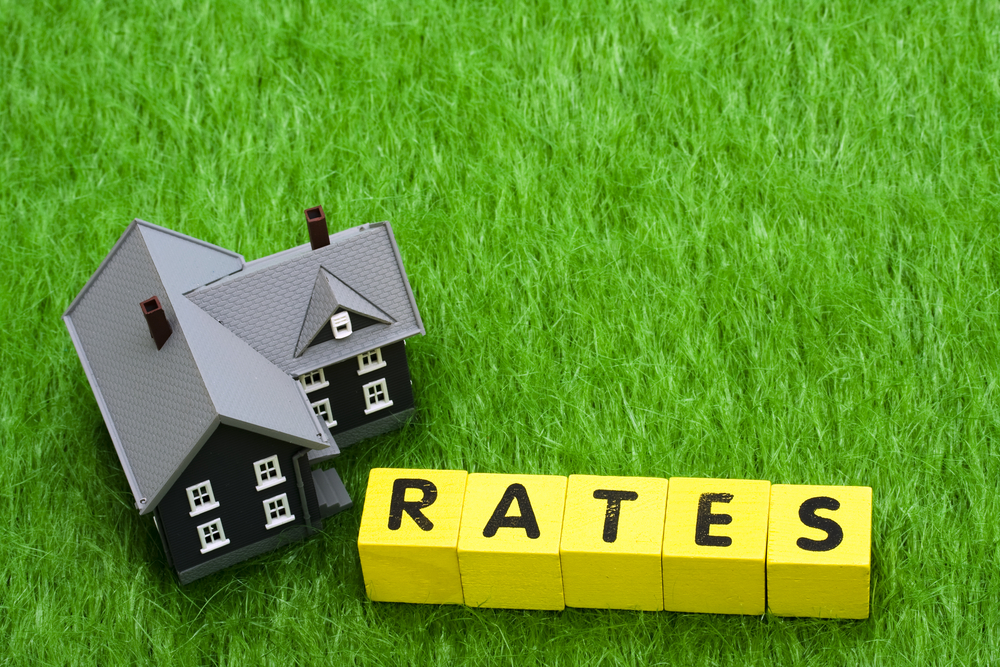
Radon is a naturally occurring radioactive gas which comes from tiny amounts of uranium present in all rocks and soils. It is colourless and odourless and rises from below ground with potential to accumulate within buildings. Long-term exposure to elevated radon levels is linked to an increased risk of cancer and exposure to the levels of radon found in some UK homes poses a significant risk of inducing fatal lung cancer.
National and local bodies responsible for health and housing together with surveyors inspecting the nation’s housing stock should seek to minimise householders’ exposure to radon. Surveyors undertaking mortgage valuations for lenders or providing reports for purchasers will be very familiar with the radon exposure levels in the area within which they operate and they will have a copy of the Radon Atlas of England and Wales published by Public Health England. The current Radon Atlas [ref HPA-RPD-033] is available online as a download should any MFG readers wish to obtain a copy.
A survey of owner-occupiers of new homes in areas of high radon risk undertaken recently revealed that only a minority of householders reported that they had essential information and advice regarding radon suggesting that there is scope for improvement.
The Building Regulations 2000 Schedule 1 Part C contains guidance on radon and the protective measures required for new buildings, extensions and refurbishment projects. Public Health England’s Radon Atlas indicates those localities where the level of radon gas is above the Radon Action Level and designates these localities as Radon Affected Areas.
The Radon Affected Areas are mainly – but not entirely – concentrated in Devon and Cornwall, The Midlands, Wales, Derbyshire Dales, Lancashire and the Scottish Borders. These are the areas where the underlying geology is mainly granite rock or similar formations. There is little or no radon exposure in London and the South East.
The most effective way to reduce the build-up of radon in a house is to provide really good ventilation and our ancestors, who lived in draughty houses with open fireplaces and chimneys, would have had no trouble meeting this requirement. However, this somewhat contradicts current policies which aim to make homes more energy efficient by draught sealing, insulating and double glazing.
For existing houses, a Passive Radon Mitigation System can be designed and installed incorporating a ventilated area under the ground floor with electric exhaust fan and vent pipe discharging at roof level. All new-builds within a Radon Affected Area will have a Passive System installed as a requirement of Building Regulations. Kits are available for keen DIY types who may wish to install their own system.
Lung cancer is one of the most common and serious types of cancer. About 47,000 people are diagnosed with lung cancer every year in the UK Most cases (over 70%) are caused by smoking but people who have never smoked can also develop the condition. We do not know how many people have died from lung cancer as a direct consequence of living in a vulnerable house in an area of high radon emissions but clearly any number is too high when we have the potential to provide effective mitigation measures.
Surveyors and mortgage lenders have an important role to play in advising house buyers of radon risks in affected areas and mortgage valuations have to reflect the need for Passive Radon Mitigation when this is currently absent and required.
Peter Glover is a surveyor and author of ‘Building Surveys and Buying a House or Flat’.



